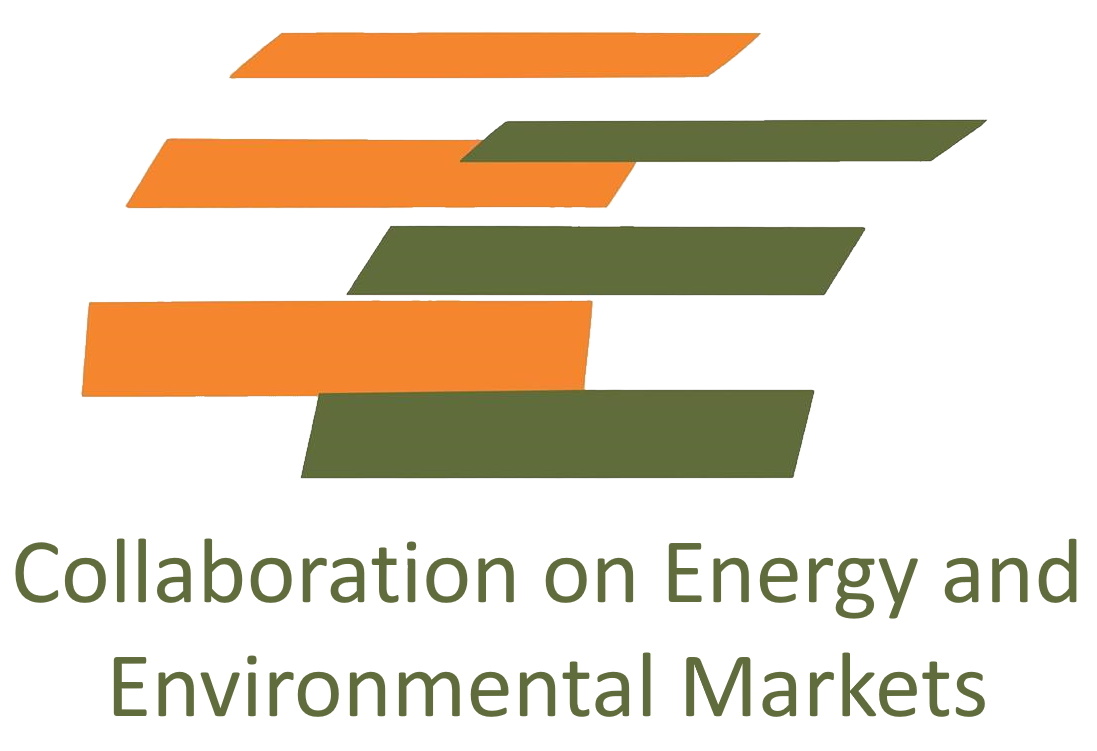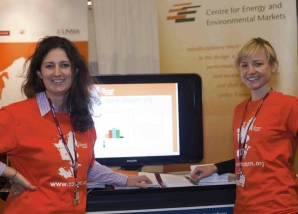The Copenhagen Prediction Market
What will the outcome of the Copenhagen Climate Conference be? In December 2009, CEEM set out to Copenhagen to answer this question. The Copenhagen Prediction Market (COPPM) was run during the two weeks of the Conference, which was by far the largest climate change conference ever held and intended to be the occasion where a new binding international treaty on climate change would be finalised.
In the run-up to the Copenhagen Conference, there existed many diverse opinions on what was going to happen. The basis for CEEM’s project was that the information on the outcome was not held by any one individual alone, but rather collectively. Using a Prediction Market CEEM wanted to aggregate this information in order to produce a forecast of the outcome of the negotiations.
Prediction Markets are markets that exist solely to forecast unknown future outcomes. They involve trading in specially-designed “shares” of “events.” The market prices of the shares contain information about the likelihood of each event. Differences in beliefs amongst individuals motivate the trade of shares.
The aim was to ascertain whether Prediction Markets serve as a useful information-aggregation tool in negotiation settings and to identify potential issues in relation to the design of a Prediction Market in a (climate) negotiation setting.
Participation was open to everyone and free of charge (play money was used to trade on the market) and the market attracted more than 100 participants, who traded on markets with diverse issues such as the deadline for a legally binding agreement or the level of financing commitment for adaptation and mitigation in developing countries.
Using its experiences at the Copenhagen Conference, CEEM has developed a framework to deal with the design and implementation issues in setting up a Prediction Market for negotiations and is now in the process of further analysing the results of the COPPM.


